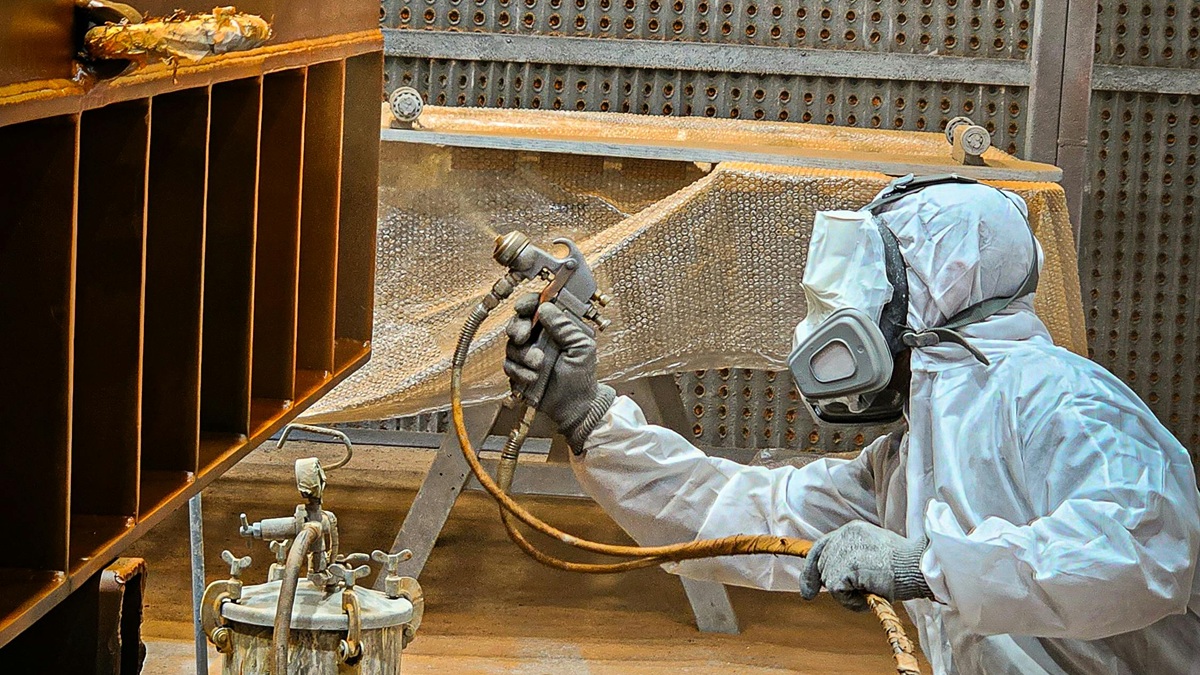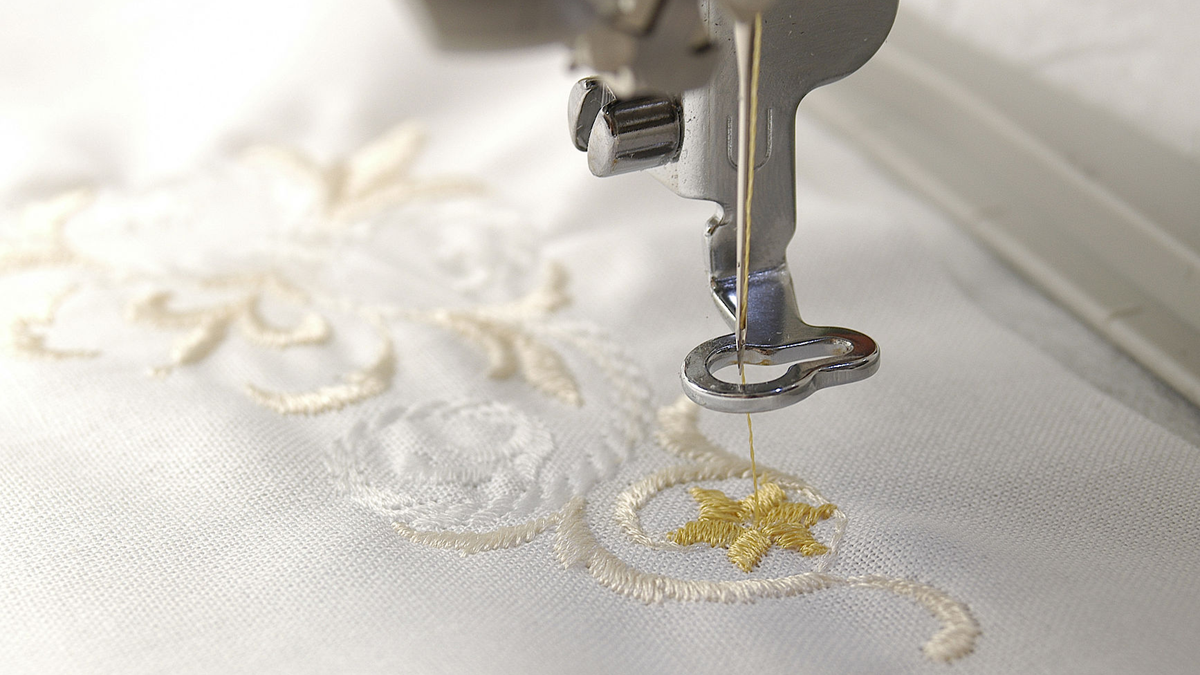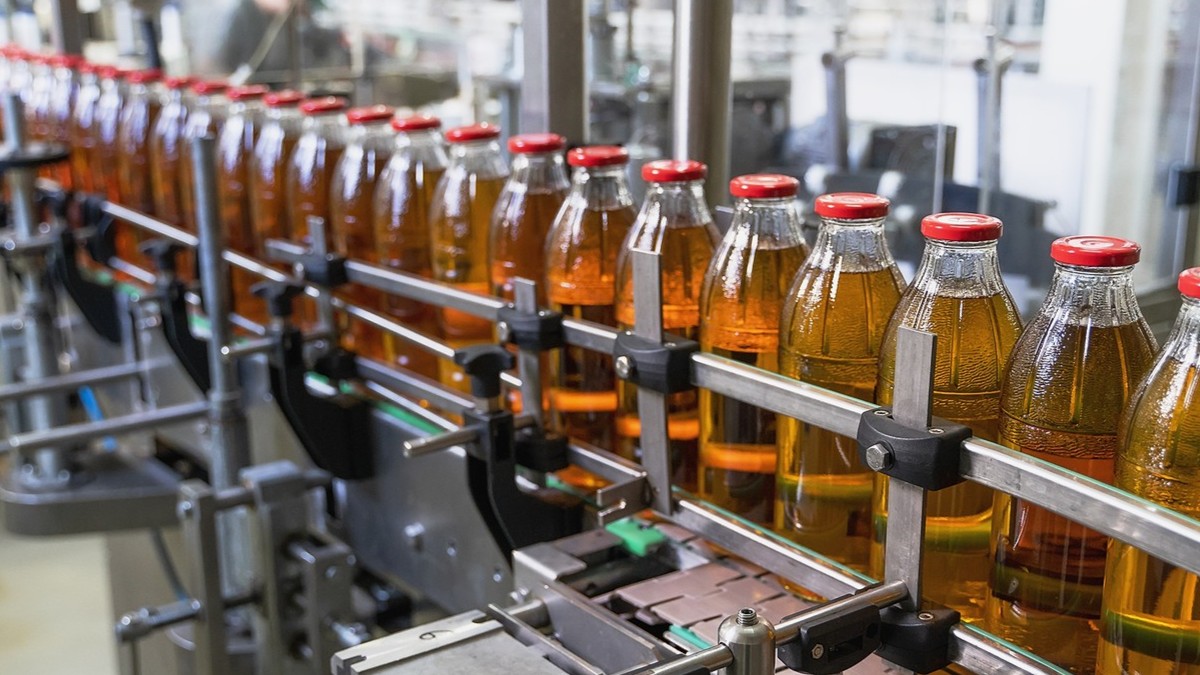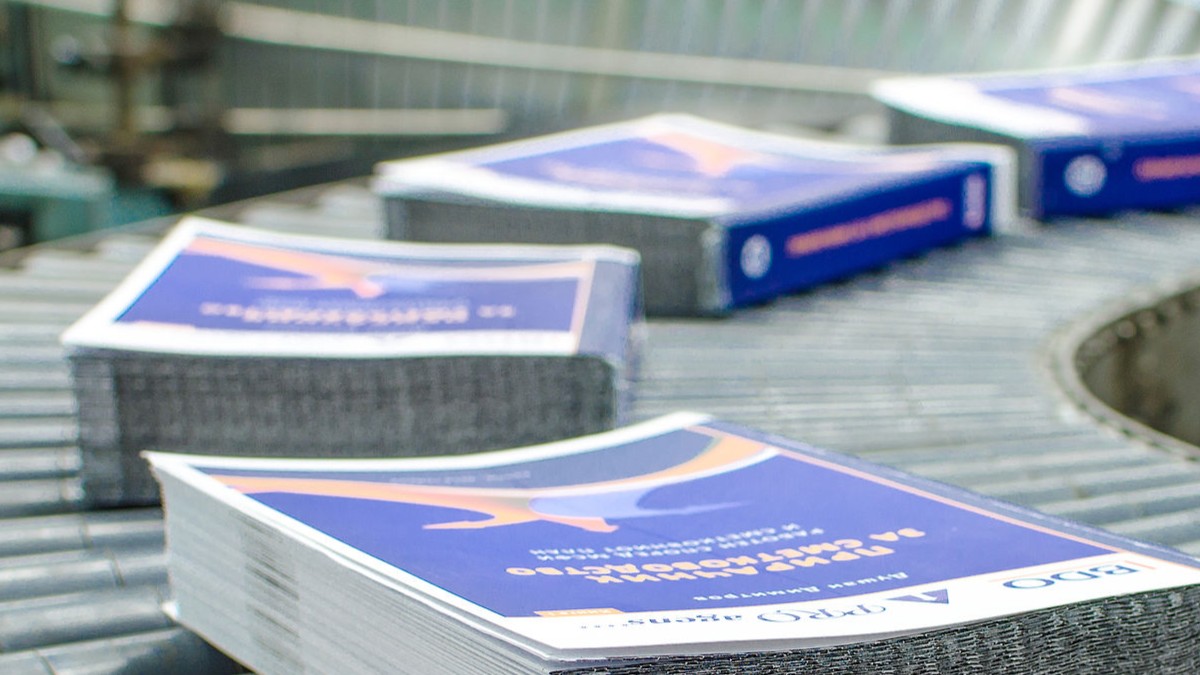From cars to computers, coffee machines to children’s toys, almost everything we use on an everyday basis is produced by manufacturers. So manufacturing is often described as a key building block of society. Manufacturing has evolved over the centuries, from human-centered methods to machine-reliant assembly lines to the highly automated factories we’re beginning to see more of today. As industry continues to evolve, numerous trends are combining to transform manufacturing. These quickly developing new trends have emerged so fast that they have been referred to as “Industry 4.0.”
Manufacturers are continuously striving to overcome challenges, improve processes and identify efficiencies, and the manufacturing trends that we predict for 2022 will all be in service of these goals. As in any new year, manufacturing industry trends will be largely driven by technology advances, marketplace needs and the objectives of the business. As we look ahead to the rest of 2022, the impact of the COVID-19 pandemic continues to have an effect on manufacturing, meaning that some 2021 trends will carry over — but there are brand-new challenges and opportunities ahead.
1. 2022: The Year of Smart Factories
In 2022, factories and manufacturing facilities are poised to pass the tipping point of smart factory adoption, moving from occasional or sporadic implementation of smart equipment to more full-fledged systems. Taking advantage of the full potential of data analytics and communication between machinery and central monitoring tools will allow manufacturers to continue to expand their efficiency.
- As older equipment continues to be phased out, more and more newer machines will be equipped with onboard sensors and monitoring tools.
- Manufacturers will be increasingly motivated to implement smart technology in order to keep pace with competitors who are seeing the benefits of the same.
The costs of aftermarket sensors and other smart factory software and equipment continues to drop, while the benefits - more proactive and effective maintenance, greater insight into process efficiency, and a reduction in overall operating costs - become ever-more apparent.
2. Increased Focus on Sustainability and Carbon Neutrality
As ESG - environmental, social and governance - issues become more of a concern for manufacturers, the importance of sustainable processes and pursuit of carbon-neutral practices will become more prominent. In addition to sustainability requirements for government, municipal, and institutional contracts, manufacturers can expect to see more ESG requirements from commercial customers as well.
3. Supply Chain Reassessment
The initial worldwide supply chain disruption of 2020 continued to make waves in 2021, driving home just how precarious the normal status quo has been for nearly every facility and business. Thus, it is unsurprising that in 2022, the supply chain will continue to hold a prominent position as an area for continuous monitoring, management, and improvement, with facilities seeking creative ways to add flexibility and reliability while also retaining value. Data is one such means, with data-driven inventory management as an effective way to identify previously unknown supply chain efficiencies. Manufacturers can use data to more quickly adapt to the uncertainties of the COVID-affected supply chain landscape and work to minimize disruptions, which continue to be unpredictable.
4. The Ongoing Importance - and Permanence - of Reshoring
Prior to the onset of the COVID pandemic, reshoring was often presented as a lofty goal for industry, illustrating a renewed focus on quality, service and fulfillment speed. In 2020 and 2021,
Manufacturers saw the importance of returning production and manufacturing of goods back to the company's original country. Reshoring has not simply been a buzzword, but have realized that doing business closer to home is a necessary way to bolster continuity. In 2022, reshoring will continue to evolve beyond the temporary response, and become the more feasible, necessary and conventional way of operating. This will assure that manufacturers can maintain rapid supply chain solutions.
5. Employee Safety and Health
Always a primary concern, employee safety is not often viewed as a “trend” so much as something that should be observed and fostered every day. Much like everything else, COVID-19 changed that, and new ways of monitoring and maintaining employee health are as important for your workforce as they are for your business. Minimally, precautionary protocols will continue throughout the year — with some facilities choosing to employ more advanced equipment to monitor employee locations, movement and even temperatures.
6. Data-Driven Maintenance as a Margin Enhancer
Sensors, remote monitoring, connected devices and the IOT (Internet of Things) have appeared on trend lists for the past several years, and that continues this year. On one hand, sensors continue to become more commonplace, communications are even faster and more reliable, and manufacturers are innovating more effective ways to use data to drive predictive maintenance, etc. More effective, efficient maintenance is crucial given the financial hardship that many facilities faced in 2020 and 2021 and may continue to face in 2022. Since predictive maintenance can vastly reduce unplanned downtime, creating material cost savings are now more important than ever.
7. Increased Reliance on Virtual Processes
Technologies such as digital twins, machine learning, AI (artificial intelligence), AR and VR (augmented reality and virtual reality) are helping manufacturers navigate COVID challenges by enabling remote monitoring, servicing and equipment operation - all without the need to be on-site. With communication approaching real time, and the computing power to make it truly seem like the operator is in the room with the machine, virtual and remote operation is in keeping with other recent trends in the manufacturing process that enable access, flexibility and safety.
8. Meeting Increased Demand with a Decreased Labor Force
The realities of the pandemic combined with existing trends in the manufacturing landscape means that companies must be more efficient and nimbler than ever in addressing the skills gap and labor shortages. With demand for manufactured goods continuing to grow, manufacturers are leaving money on the table if they are not able to increase capacity and throughput to fulfill these needs. This requires a top-to-bottom evaluation of all processes, identifying ways to increase efficiency and support the workforce while bridging the skills gap and providing cutting-edge technical training to meet today’s needs.
Conclusion
Some of these trends build on those with which you may be familiar from past years, and some are new as a result of today’s unique challenges.
From business agility to worker safety and the realities of adapting to what may be a “new normal,” the manufacturing trends that 2022 has in store will be, in many ways, a response to the unique challenges of recent years. The ongoing march of technology, connectivity and automation enhancements is poised to continue solving problems and presenting unprecedented opportunities as well.














.jpg)